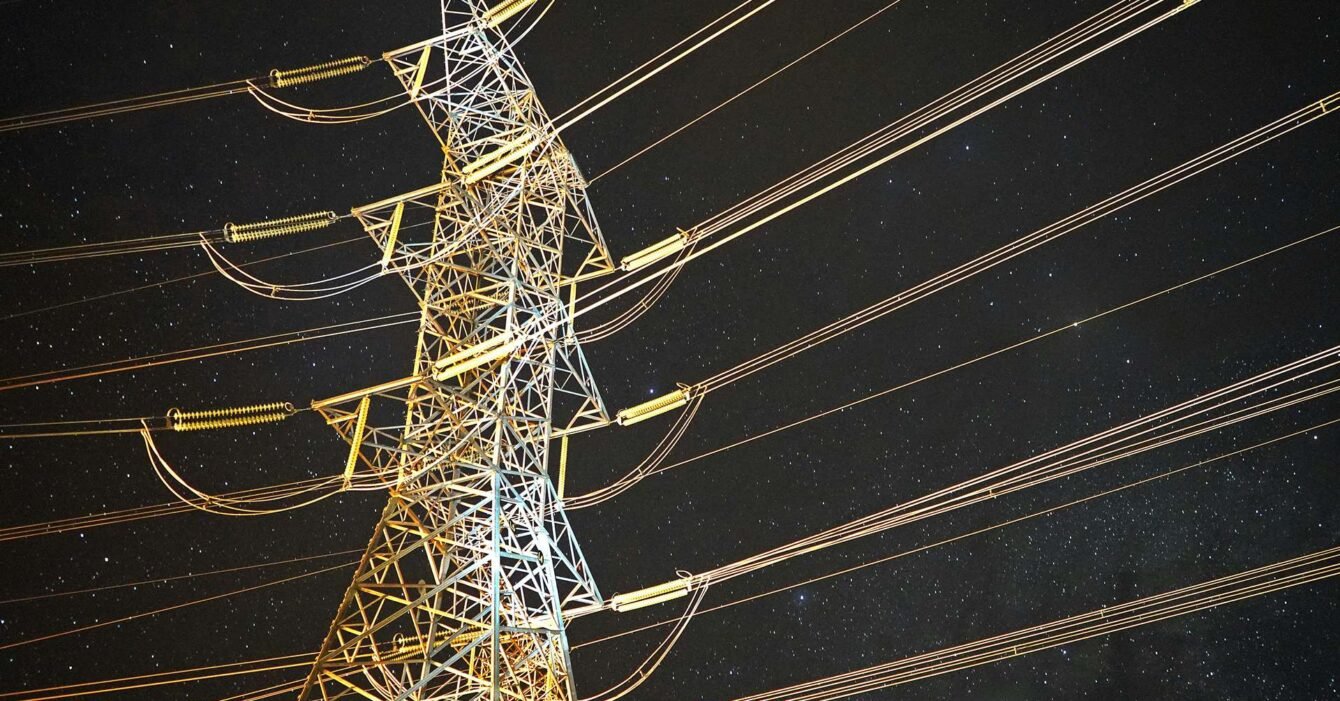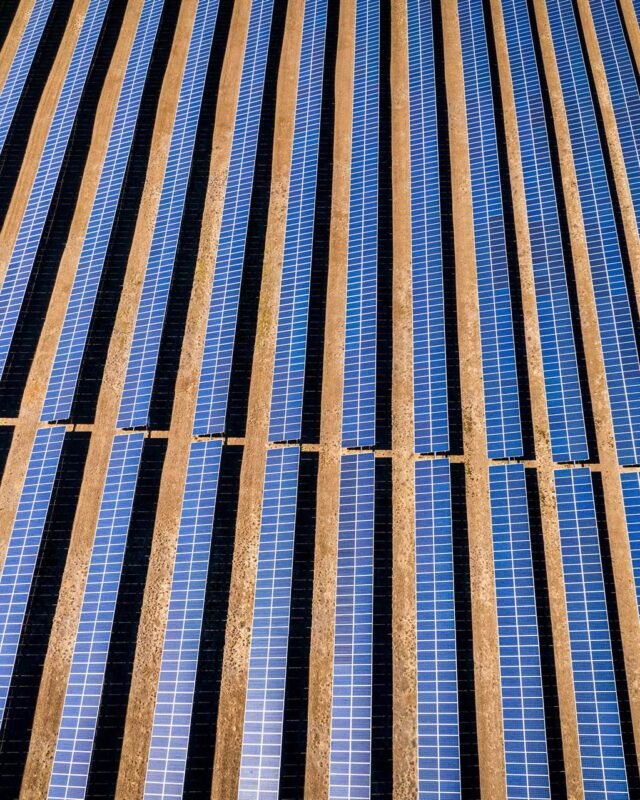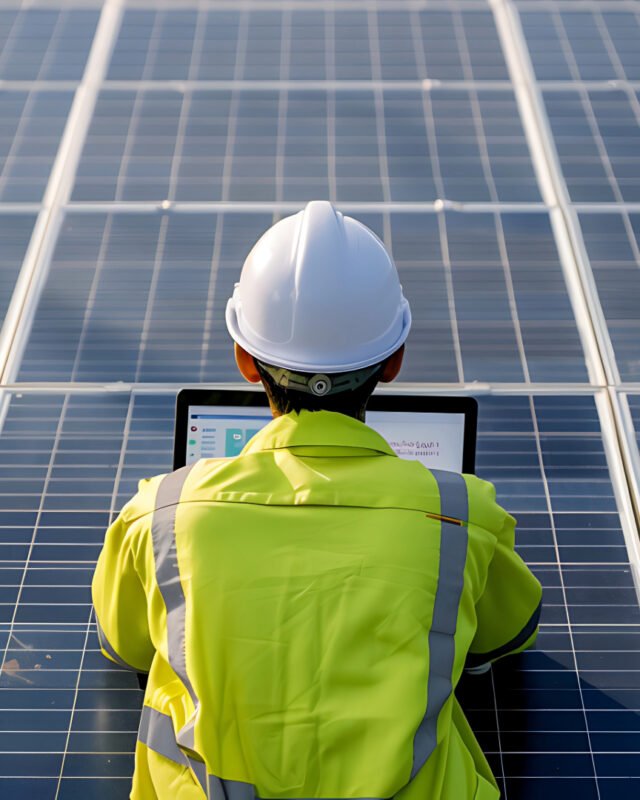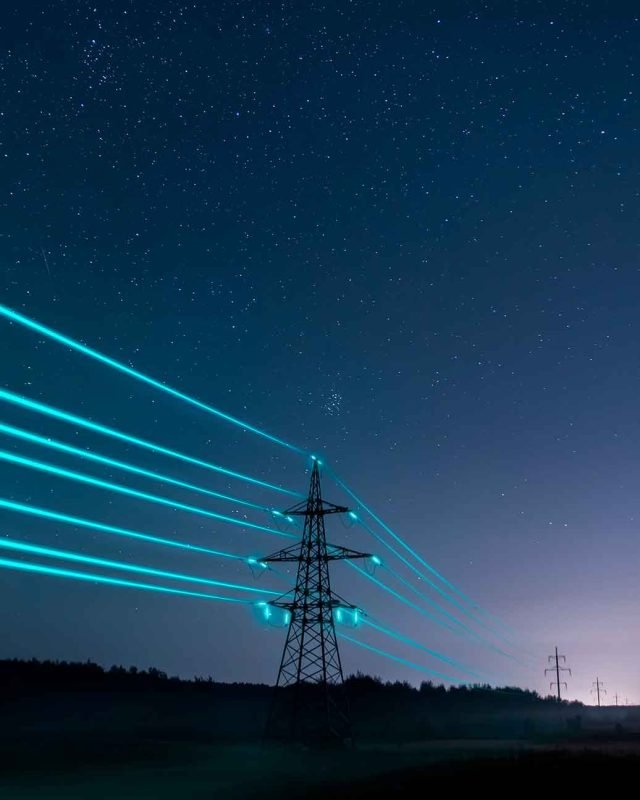Smart Grid Technology: Enhancing Real-Time Energy Distribution and Security in Saudi Arabia
Saudi Arabia is at the forefront of energy transformation, driven by the integration of smart grid technology into its national electricity infrastructure. This shift not only improves efficiency and energy security but also supports the Kingdom’s Vision 2030 goals of economic diversification and environmental sustainability. Smart grid technology offers advanced capabilities in real-time energy distribution, consumption monitoring, and renewable energy integration, positioning Saudi Arabia for a more resilient and sustainable future.
Saudi Electricity Company (SEC) to Install 10 Million Smart Meters by 2025
One of the most significant benefits of smart grid technology is its ability to provide real-time monitoring and control of electricity flow. Traditional power grids in Saudi Arabia have faced challenges, such as transmission losses and inefficiencies, which have hindered the integration of renewable energy sources. The country’s electricity consumption nearly doubled between 2008 and 2018, from 169,000 GWh to 331,000 GWh, underscoring the need for a more efficient system.
Smart grids use advanced digital tools like sensors, smart meters, and communication networks that enable two-way communication between utilities and consumers. This system allows for real-time data collection, enabling more accurate energy demand forecasting and automated responses to shifts in electricity usage. By installing 10 million smart meters by 2025, the Saudi Electricity Company (SEC) aims to improve energy management and billing accuracy, which in turn enhances consumer participation in energy optimization.
How Smart Grid Tech Could Cut Saudi Power Outages by 50%
Saudi Arabia has made significant investments in renewable energy, including large-scale projects like the Sakaka solar power plant and the Dumat Al-Jandal wind farm. However, the intermittency of renewable energy sources like solar and wind presents challenges in maintaining a stable power supply. This is where smart grid technology plays a critical role.
According to researchers from King Fahd University of Petroleum & Minerals (KFUPM), smart grids can transform energy management systems by providing decentralized energy solutions that integrate renewable energy sources. These grids allow for more efficient load balancing, ensuring a reliable supply of electricity, even when renewable energy production fluctuates. Additionally, smart grids improve the grid’s self-healing capabilities, which means that issues like power outages can be quickly detected and resolved, minimizing disruption to consumers.
Smart grids also enhance energy security by reducing system losses and enabling predictive maintenance. Utilities can monitor the condition of the grid in real-time, identifying potential issues before they escalate. This leads to a reduction in unplanned outages and extends the lifespan of grid infrastructure. In fact, the International Energy Agency (IEA) suggests that smart grid technology can reduce the duration of power outages by more than 50%, further solidifying the security and reliability of the electricity grid.
Saudi Smart Grids Set to Save Energy by 10%
The environmental impact of Saudi Arabia’s energy sector has long been a concern, particularly in terms of greenhouse gas emissions. Smart grid technology contributes to reducing these emissions by optimizing grid operations and integrating renewable energy sources. The researchers at KFUPM noted that smart grids “help reduce greenhouse gas emissions through optimized operational accessibility of grid assets.”
In addition, smart grids support demand-side management by enabling consumers to monitor and adjust their electricity usage in real time. A study by McKinsey & Company found that smart grid technology can reduce energy consumption by up to 10%, contributing to significant energy savings and lower utility bills for consumers. This not only aligns with Saudi Arabia’s environmental sustainability goals but also helps reduce the country’s dependence on traditional fossil fuels.
Moreover, the automated processes enabled by smart grids reduce operational costs for utilities. The U.S. Department of Energy estimates that smart grid technologies could save up to $130 billion annually in operational costs globally, reinforcing the long-term financial benefits of this transition.
Challenges and the Path Forward
Despite the promising potential of smart grid technology, the transition comes with its challenges. Upgrading Saudi Arabia’s existing power infrastructure to accommodate smart grids requires substantial financial investment. The World Bank projects that the global investment needed for smart grid infrastructure will reach $380 billion by 2030. Cybersecurity is another critical challenge, as increased digitalization and connectivity make the grid more vulnerable to cyberattacks. Therefore, regulatory governance and cybersecurity measures must be strengthened to protect these systems.
Looking ahead, continued investment in smart grid infrastructure, regulatory support, and skill development are essential for Saudi Arabia’s successful energy transition. As smart grid deployment progresses, the Kingdom is setting a benchmark for energy management in the region, paving the way for a more efficient, secure, and sustainable energy future.




